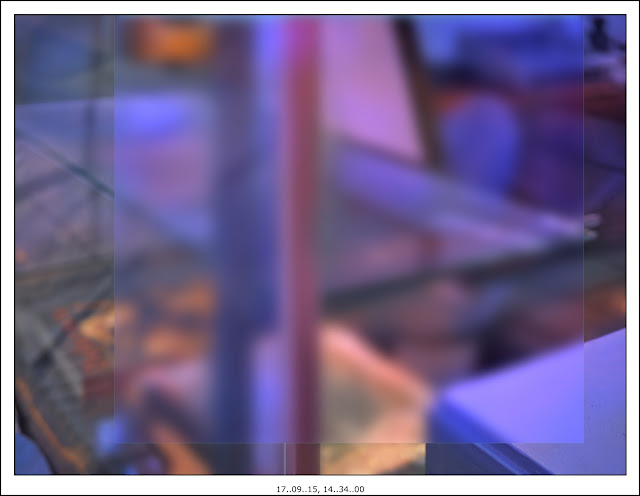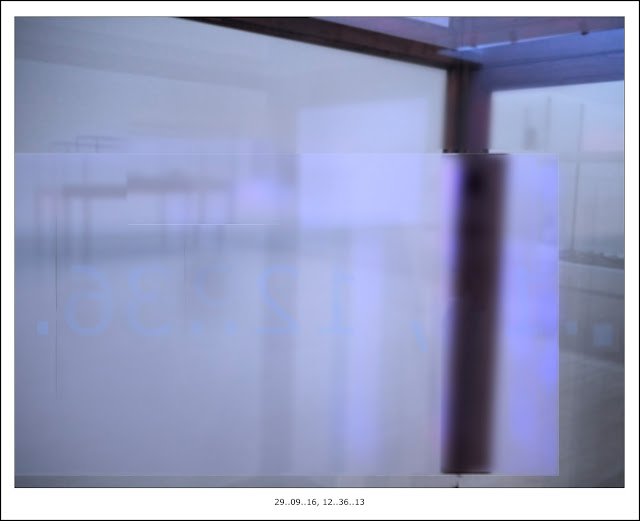(Cursor on images for detail,)
The Gaze of Orpheus
The Gaze of Orpheus
(All drawings by Hilde Schreier)
From Dread to Language, an essay found in the remarkable book, The Gaze of Orpheus by Maurice Blanchot, strikes at the very foundation of creative voice." It is comical for a man to recognize his solitude by addressing a reader and by using methods that prevent the individual from being alone"
F
Maurice Blanchot
Allow me to suggest, is it not truly ironic to assume a beholder present in the observation of a work, consumed by the notion of solitude? Considering it is here, as recounted in the classic Greek myth, Orpheus and Eurydice, Orpheus's plea to the King of Hades that Eurydice be allowed to return to the upper world, that we witness the ultimate hubris: in glancing back hoping to guarantee for himself, her presence in returning, Orpheus actually jeopardizes and destroys that possibility; the King of Hades having insisted that he, Orpheus, not look back at her as she begins to surface?
(Morton Feldman composition for Philip Guston)
Disappearance of memory, the resonance of time, and I was invited for a bowl of soup and conversation. We reminisced the early years our families had connected, the bridge games shared and then the inevitable conversation back to homeland and one's private "heimat". Heimat, the German word for one's homeland, more than just a territory, but a place governed by the nurturing of sanctuary coupled with a profound understanding, awareness and longing for continuity.
Touching on a son lost in contemporary bewilderment, Bill proffered this gift of thought, an image allowing me to see a moment of recall for which I had only superficial access. It was enough, for at that moment there was a link between time, present and time speculated: she looked out from another past conviction, kept for him on a mantle and accessed only, by memory and that certain desire to the impossible return.
The Secret Life of Objects
Robert Cummings,
Several years ago I had the opportunity to view Cy Twombly's epic work Treatise on the Veil, a work dedicated to composer Pierre Henry. I had used Pierre Henry's master composition, Le Voile d'Orphee as an introduction to my course, Images in Motion, an exploration in sound production. Both Twomblys' and Henrys' works speak to the frailty and urgency for continuity, lost in a memory's passage. The coherency of a sound trace is threatened by the texture of concrete utterance and noise becomes its loss. Pierre Henry, and Dziga Vertov both embraced the values and experience accorded a flaneur, a wanderer absorbed by a quotidian's silent grace: similar in spirit perhaps with the travails offered a photographer.
The next two images are dated according to time line, the same day and an hour+ apart. Intuitively, did the first experience have some influence on my sensitivity concerning the subsequent image?
Simply the residue of "nothing" or perhaps the nothingness of object-hood. Maurice Blanchot resting at the nuanced entry to the post-modern period, encouraged the insight of so many following, including Gilles Deleuze, Michel Foucault and Jacque Derrida. I return often to these writers as they challenge the veracity of truth, the event, evidence and if all should be in doubt, the fundamental belief in continuity. They have given a profound declaration to the value for the muse, its presence, clarity and above all its frailty for doubt.
Gilles Deleuze
" Not only does the past coexist with the present that has been, but...it is the whole integral past; it is all our past, which coexists with each present. The famous metaphore of the cone represents this complete state of coexistence"
(This extracted from Memory, History Forgetting, Paul Ricoeur, The Historical Condition, Forgetting.)
While "storytelling" may play well into this scenario: it is assumed that a spectator, an audience, and or witness may have experienced similar circumstance, guaranteeing perhaps some semblance of mutual place. However, all that this may lead to is a cautious sense of ownership, autonomy and a false belief in the value of colonialism. As control, order and finally rectitude might play a critical role in an artist's vision, the truth however for the beholder may actually provide a false pretence, as the poet rests in a place of "nothingness". As previously mentioned, Gaston Bachelard's "Poetics of Space" occupies a critical place in this drama, "the silence of the room revisited".
Finally, and as an alternative to Cartier Bresson's Decisive Moment may I suggest, the "Privileged Moment". Historically, Bresson's missive relied primarily on the rationalization of an event or circumstance, that the artist/photographer must be sensitive to all that occurs within the frame, as a graphic concert leading perhaps to some more profound truth. The time component in the photograph becomes fractionalized. I would like to suggest that a moment of clarity is reached not through recognition, but by a much more subtle element, empathy. This post began with an appreciation, reflection on solitude providing insight and continuity. Now the critical element empathy is only to be reached through conversation, whether silent or otherwise embraced.











































